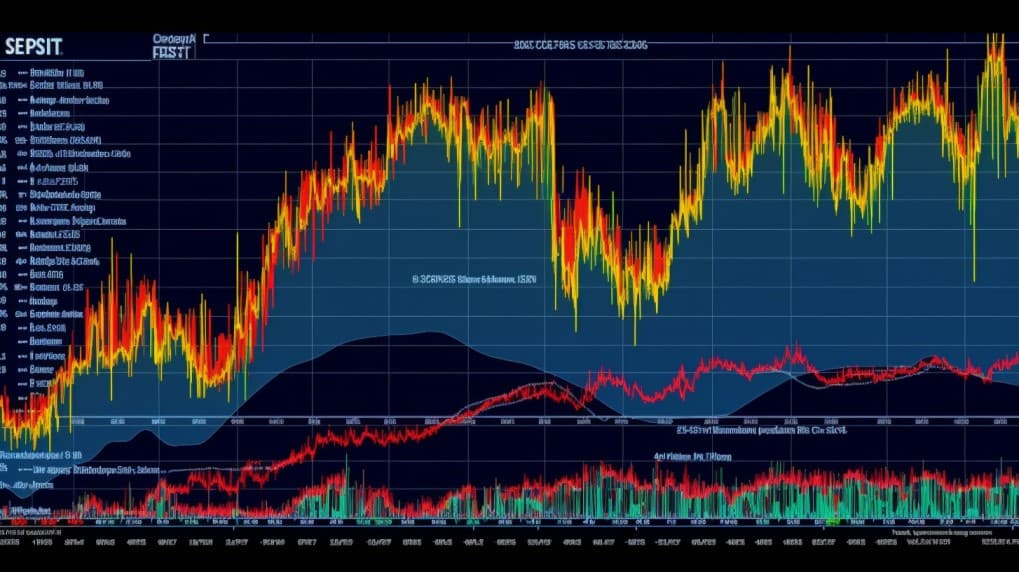
VDE VS IEO
Exchange-Traded Funds (ETFs) have become an integral part of modern investment strategies, offering a diversified and accessible way to invest in various sectors and asset classes. In this article, we will conduct a thorough comparison between two prominent ETFs: VDE (Vanguard Energy ETF) and IEO (iShares U.S. Oil & Gas Exploration & Production ETF). We'll explore a range of critical aspects including ETF tickers, full names, issuers, sectors, top holdings, capitalization, investment strategy, tracking methods, and exposure.
VDE Vs IEO: Overview
VDE and IEO are two ETFs that provide exposure to the energy sector, but they have distinct approaches. VDE tracks the performance of companies in the energy sector broadly, while IEO concentrates on U.S. oil and gas exploration and production companies. These differences in focus result in unique risk and return profiles, which we'll dissect in the subsequent sections.
VDE Vs IEO: Sectors and Top Holdings
The VDE ETF encompasses a wide range of energy-related industries, including integrated oil and gas companies, refining, and energy equipment. On the other hand, IEO is heavily invested in U.S. companies that explore, produce, and refine oil and gas. ExxonMobil, Chevron, and ConocoPhillips are among the top holdings of VDE, while IEO's top holdings include ConocoPhillips, EOG Resources, and Pioneer Natural Resources. Analyzing the sectors and top holdings can aid investors in aligning their investment goals with the ETF that matches their risk tolerance and preferences.
 VDE overlap VDE VS IEO
VDE overlap VDE VS IEO
VDE Vs IEO: Capitalization and Investment Strategy
VDE boasts a substantial Asset Under Management (AUM), reflecting its popularity among investors seeking exposure to the energy sector. It offers a diversified approach to energy investing, capturing a broad spectrum of companies within the industry. IEO, however, is more focused, concentrating on specific segments of the U.S. oil and gas sector. The difference in capitalization and investment strategy between the two ETFs gives rise to differing potential returns and levels of risk, necessitating careful consideration on the part of investors.
VDE Vs IEO: Tracking Methods and Exposure
VDE's objective is to provide investors with comprehensive exposure to the performance of the energy sector as a whole. Its tracking methodology involves replicating the performance of a benchmark index that includes a variety of energy-related industries. Conversely, IEO offers exposure to U.S. oil and gas exploration and production companies. Its tracking index consists of stocks from this specific segment of the energy industry. Understanding these tracking methods and exposures is crucial for investors aiming to select the ETF that aligns with their investment objectives.
Conclusion
VDE and IEO are both ETFs that grant investors access to the dynamic energy sector, albeit with varying degrees of specialization. If you're looking to gain in-depth insights into holdings, correlations, overlaps, and other intricate details, consider using ETF Insider. This user-friendly app offers a wealth of information on a wide array of financial instruments, empowering investors to make more informed decisions.
Disclaimer: This article is intended for informational purposes only and does not provide any investment advisory services.
Sources:
IEO quote and analysis
Discover the top holdings, correlations, and overlaps of ETFs using our visualization tool.
Our app allows you to build and track your portfolio.
To learn more about the IEO iShares U.S. Oil & Gas Exploration & Production ETF, access our dedicated page now.
FAQ
Why is VDE better than IEO?
VDE may be considered better than IEO for some investors due to its specific focus, offering diversification.
Does IEO beat VDE?
IEO's performance relative to VDE will vary over time, depending on market conditions.
Should I invest in VDE or IEO?
The choice between VDE and IEO should align with your investment goals, risk tolerance, and desired exposure.
Are VDE and IEO good investments?
Both VDE and IEO can be suitable investments depending on individual investment strategies, goals, and risk profiles.
What is the correlation between VDE and IEO?
The correlation between VDE and IEO can vary over time, reflecting differences in performance.